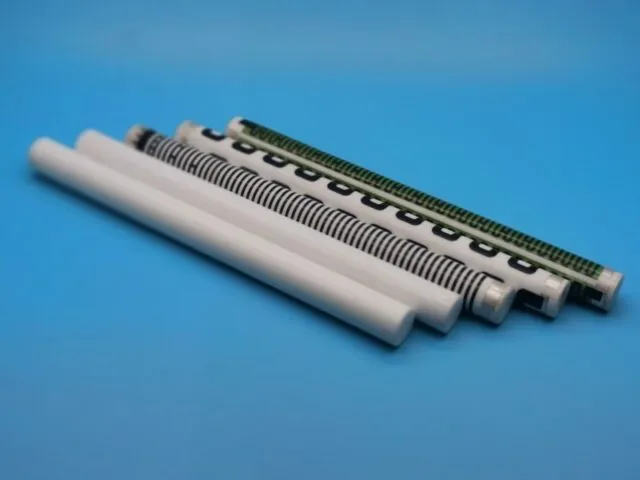In wafer manufacturing, TTV, Bow, and Warp are essential parameters that determine wafer flatness and thickness uniformity, significantly impacting critical chip fabrication processes. This section provides definitions and measurement methods for TTV, Bow, and Warp. TTV (Total Thickness Variation) Definition: TTV refers to the difference between the maximum and minimum thickness across the diameter of a wafer, assessing thickness uniformity. Measurement: Measured in a non-clamped state, it calculates the deviation between the minimum and maximum distances from the wafer’s center surface to a reference plane, including both concave and convex variations.
1. Importance: TTV ensures uniform thickness distribution during processing, thereby preventing adverse effects on subsequent steps and the final product’s performance.
2 . Bow Definition: Bow indicates the curvature of a wafer, representing the vertical distance variation between the center and edges. Measurement: In a free-standing state, the wafer’s backside serves as a reference plane, and the deviation between the highest and lowest points on the wafer surface relative to this plane is measured. Importance: Bow is a key parameter for assessing wafer quality and reliability. Lower Bow values typically indicate cleaner, flatter surfaces with fewer defects during processing.
3 . Warp Definition: Warp refers to the overall distortion or irregular deformation…



